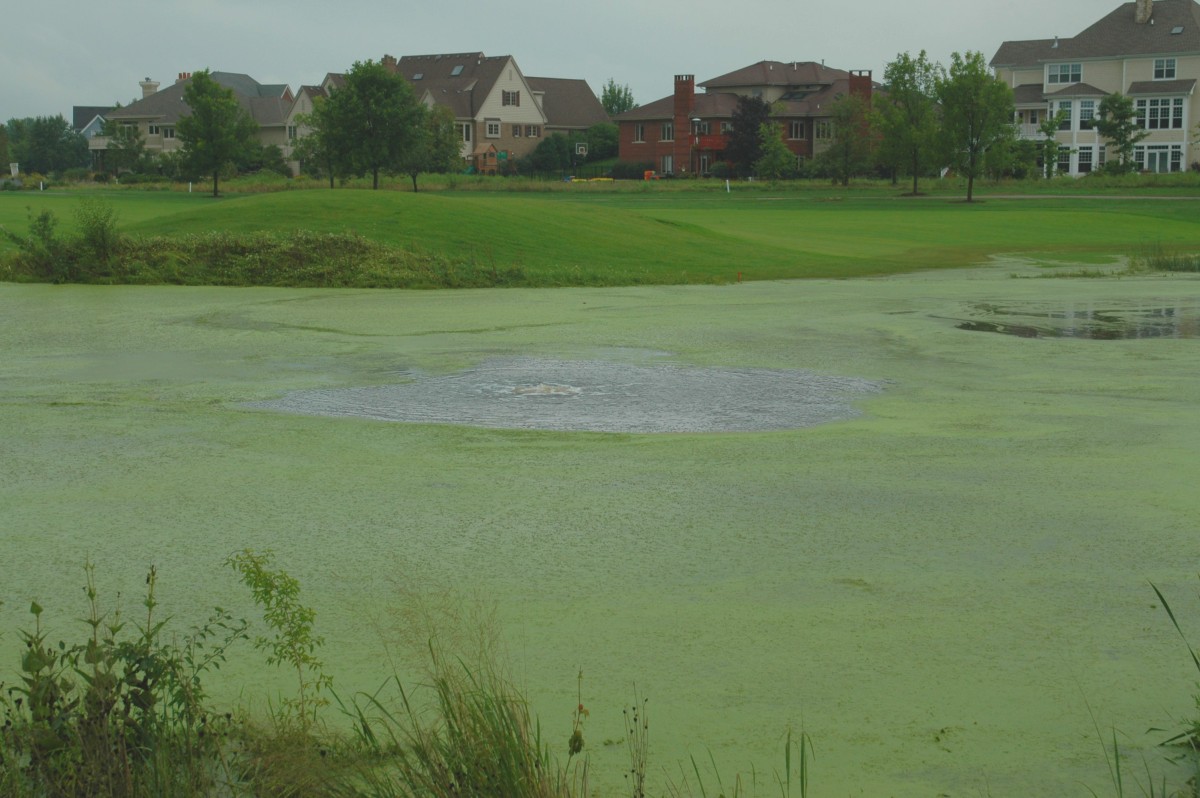Watch my video here:
This lovely image, painted by Pierre-Auguste Renoir (1841-1919) in 1873, is in the Impressionist Style. Renoir first painted porcelain and china as a young boy and eventually had art displayed at the Paris Salon (a “high art” gallery) later on in his career in 1864. He most often painted nude women and light, jovial scenes of Parisian people. He was involved with other impressionist artists of the day such as Monet, Manet, Morisot, Cassatt, and Degas. Impressionism was a late 19th art movement that focused on shadows and the changing nature of light. It wanted to give an ephemeral “impression” of a scene that depended on the time of day, the available light, and the movement of the subject. The colors were usually applied in short dabs of paint that weren't mixed well/smooth. The artist wanted to capture the essence of a moment, rather than to represent an object with complete accuracy and realism; the idea was for the mind to “mix” the colors for the viewer. The paint also tended to look chunky and thick on the canvas.
As for the painting, a fecund garden with bright red, white, and yellow flowers is depicted, and a shadowy woman with a white parasol is seen strolling at the end of blurred stone or dirt path. Characteristic of Renoir is that he painted a happy and calm scene that isn’t dark or especially thought-provoking; it’s lovely to look at and gives the impression of a pleasant, warm summer’s day. For the composition, the white parasol draws the eye to the center of the canvas because it is enveloped by dark trees; the woman also has a dim circle of vegetation behind her. The female is the beautiful protagonist; as she walks down the path, the flowers and walkway illuminate for her while what she leaves behind is shrouded in darkness. There is a strong central thrust upwards and linear perspective is used. The subject of this image is commonplace-- it’s not an elevated subject like a Greek goddess or monarch that would usually be exhibited at the Salon. The exquisite purple shadows in the foreground fade to a yellow glow, yet another hallmark of the impressionists. Overall, the painting is solitary and peaceful, yet the woman is intriguing because her face is turned away from the viewer (an element of mystery in the otherwise idyllic scene).


.jpeg)
.jpeg)







